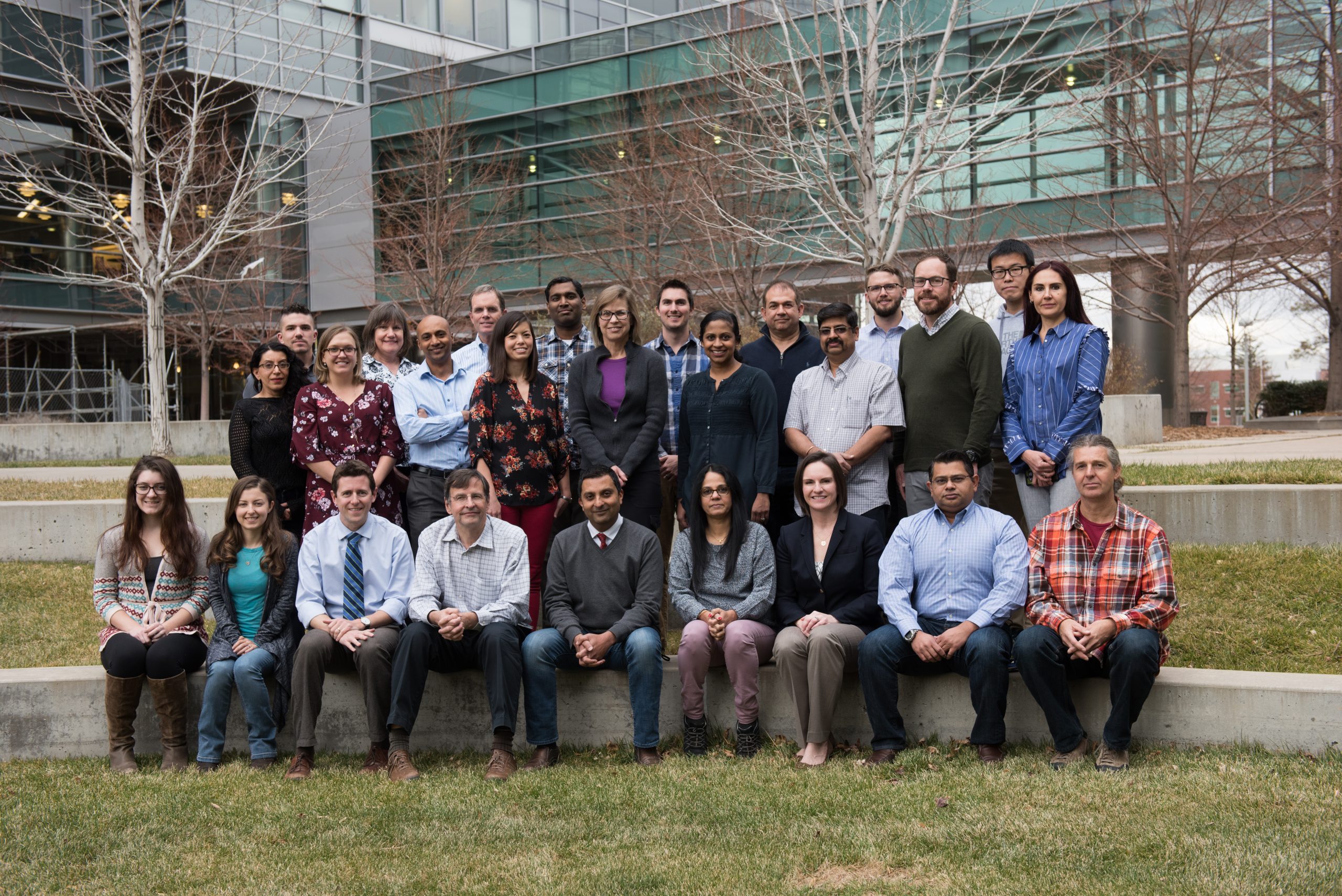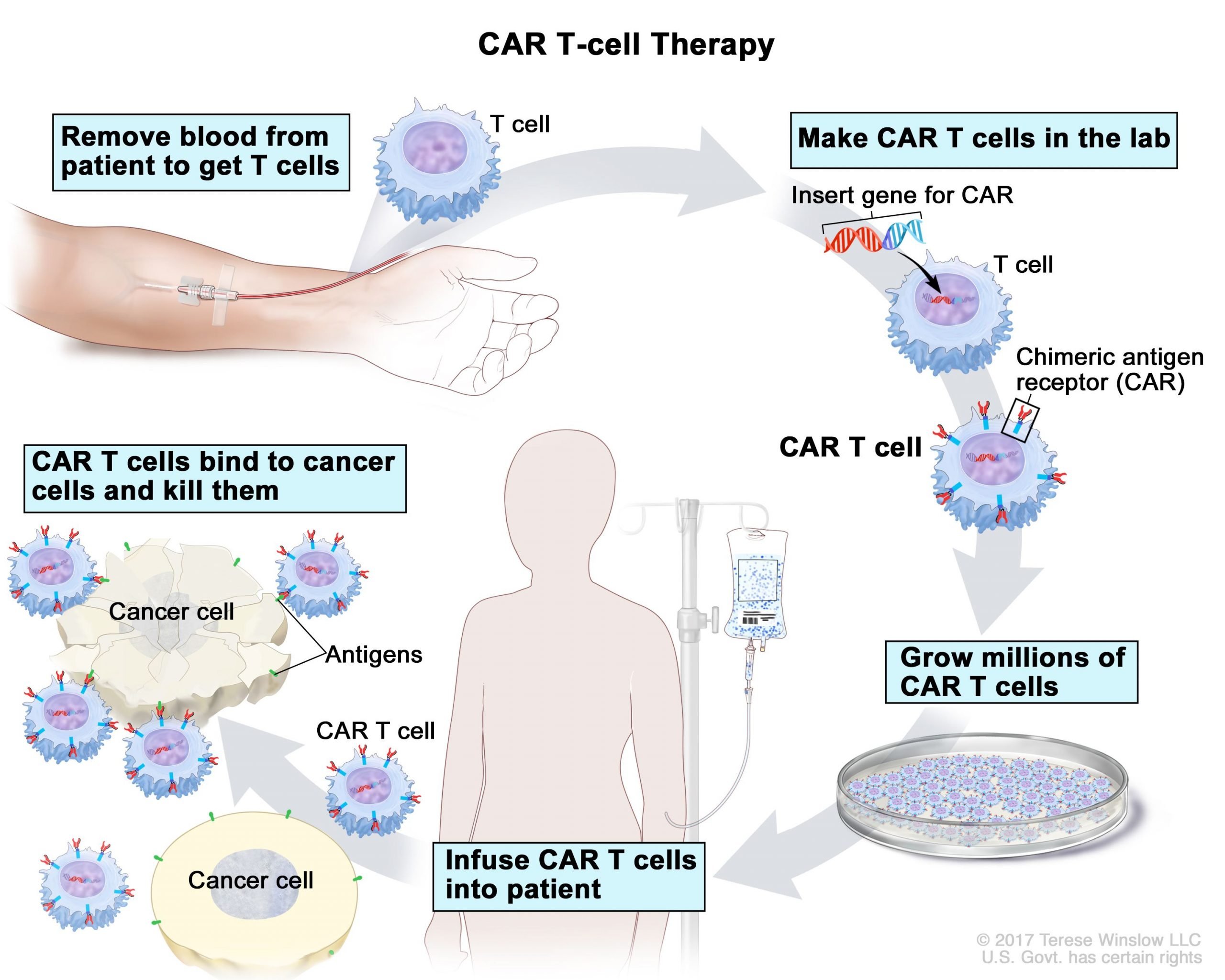The search for effective treatment for kids with atypical teratoid rhabdoid tumor (ATRT)
Atypical teratoid/rhabdoid tumor (ATRT) is a rare and highly aggressive pediatric brain tumor. It typically affects kids 3 years and younger. The 5-year overall survival




